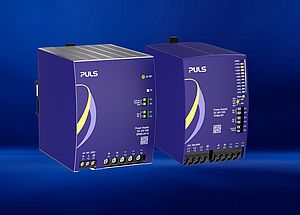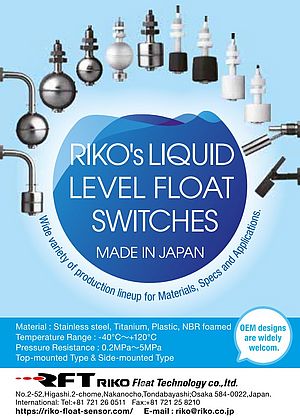On 16.02.2016, the European Commission published its Communication on an EU Strategy on Heating and Cooling. ESWET (European Suppliers of Waste-To-Energy Technologies) welcomes this Communication and the accompanying documents, such as the Staff Working Document.
ESWET is particularly pleased to underline the Commission's view that: "Synergies between waste-to-energy processes and district heating/cooling could provide a secure, renewable, and in some cases, more affordable energy in displacing fossil fuels." This indeed reflects a reality that has existed for decades in numerous EU Member States, where Waste-to-Energy plants supply heat to district heating systems.
Some examples in the Baltic States, where the synergy was recently implemented, tick all the boxes. New Waste-to-Energy plants in Tallinn, Estonia, and Klaipeda, Lithuania have been connected to existing District Heating networks, replacing imported gas with residual waste, which provides partly renewable energy. This waste would otherwise have been landfilled. ESWET also welcomes the mention that a "forthcoming Commission's Communication on waste-to-energy will address this issue in detail." It is important that Waste-to-Energy, which has a role to play within the Circular Economy for residual waste, also makes the energy contained in residual waste available for efficient uses.




























































